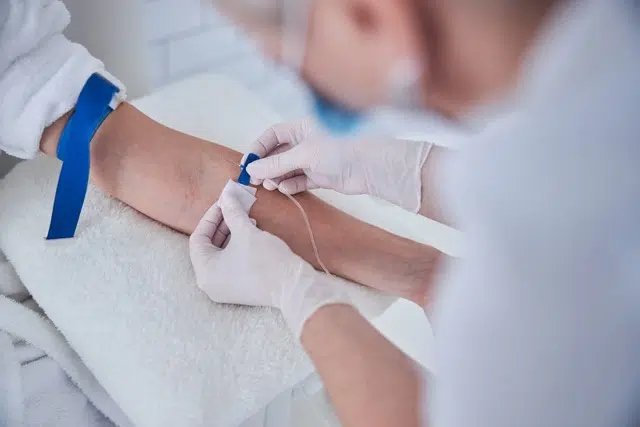Ketamine infusion continues to grow in popularity as a highly effective treatment for a variety of health challenges, from anxiety and depression to chronic regional pain syndrome, fibromyalgia, and Crohn's disease. Before you leap into your first treatment session, however, you need to take certain steps and precautions to prepare yourself and ensure your safety. You'll also want to know what to expect from the experience and its aftermath. Take a look at this quick guide to ketamine treatment preparation.

Many forms of medical treatment require a bit of preparation on the patient's part, and ketamine treatment is no exception. If you want to get the maximum benefit from your treatment with the least amount of risk, read on so you'll know how to prepare yourself properly for your first ketamine therapy session.
Preparing for ketamine treatment typically involves limiting your ingestion of certain substances beforehand. Both alcohol and caffeine can cause serious problems for you if they interact with ketamine. Alcohol interactions can cause:

The more alcohol you've consumed before your treatment, the more severe the interaction can prove. Meanwhile, caffeine ingestion before ketamine therapy can cause:
You should avoid eating or drinking anything for several hours before your treatment. Ketamine can cause nausea and vomiting in some patients, which may in turn allow foods or liquids to enter the lungs.
Your ketamine therapy session may take less than an hour if you're undergoing treatment for a mood disorder. However, if you're receiving ketamine for a chronic pain condition that ordinary medications can't relieve, your session may last significantly longer. The good news is that all you have to do during the session is sit comfortably in a chair as the ketamine enters your bloodstream through an IV needle. Feel free to read, watch TV, or listen to music as your treatment proceeds.
Most people who undergo this treatment feel pleasantly relaxed and mildly euphoric without losing their awareness of their surroundings. You feel a sense of dissociation, or emotional distancing, which can prove quite helpful if you're struggling with anxiety, PTSD, or depression.
Immediately following your treatment, you'll probably want to remain at the clinic for 30 minutes or so as the ketamine's initial mood-altering effect wears off. You should then feel completely clear-headed and well. For safety's sake, however, arrange for someone else to drive you home.

The beneficial effects of ketamine often become noticeable almost immediately, although this can vary from person to person. Better yet, the effects may last for several weeks or months at a time. Even so, doctors typically administer multiple treatments over a period of weeks, with follow-up treatments every few weeks after that to maintain the beneficial effects for as long as necessary.

Like any powerfully effective drug, ketamine can produce some side effects, especially in larger doses. As noted above, this medication can cause nausea and vomiting. If you feel nauseous during your treatment, your doctor can administer anti-nausea medication to help you feel better right away and prevent vomiting.
The mood-elevating effects of ketamine can sometimes be accompanied by psychedelic side effects. For instance, you might experience disorientation or visual hallucinations. Once you understand this in advance, however, you can prepare yourself emotionally and psychologically for the experience. Eating a balanced diet, sleeping well, and meditating in the days before the treatment may reduce these psychedelic side effects.
If you really want to ensure a pleasant, productive, beneficial ketamine sessions, schedule that session with Shasta Meadows Wellness Center. Our experienced team provides the most advanced services at competitive prices. Contact us today to book your appointment.